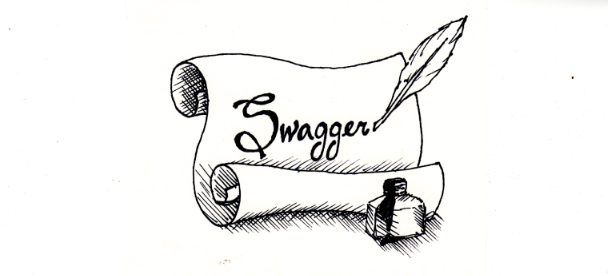by Kim Van Sickler
I met Sharon Mayhew online. She was working with agent Terrie Wolf and ran two back-to-back manuscript contests on her blog: S.K. Mayhew, Kid Lit Writer: one seeking MG story submissions and another seeking YA. I submitted the historical fiction Muleskinner to the MG contest and contemporary Snatched in Gullybrook to the YA one.

Sharon took an interest in the edgy Snatched in Gullybrook. She selected it as the recipient of a first chapter critique and stayed in touch afterwards. When I revised the book and decided to self-publish, she asked for updates. I sent her an electronic version of an advanced reader copy and she wrote a glowing review and posted it on Goodreads. Not only that, but she bought a copy to give away in her own blog contest.
You can't get a better cheerleader for your work than Sharon.
And now you can feel some of that love too. Sharon has decided that agenting isn't what she wants to do after all. She'd rather polish manuscripts than all of that other stuff agents need to do, and that works to our benefit. Sharon has become The Manuscript Maven.
Read what Sharon has to say about her career move here.
For your own chance to win a critique from The Manuscript Maven, leave a comment below. A random winner will receive a critique/line edits for the first 250 words of a picture book, the first seven pages of a novel, or a query. You have until December 3rd to vie for this prize.
Best of luck in your new venture, Sharon!






